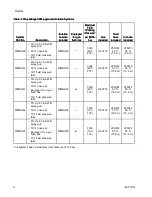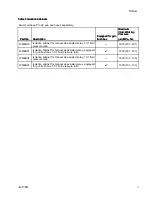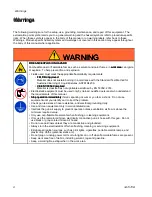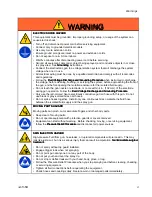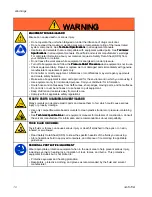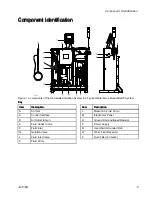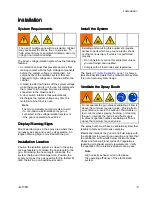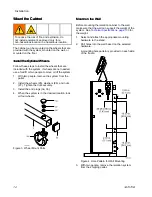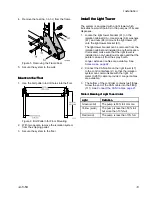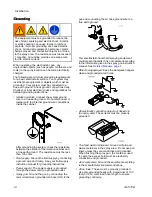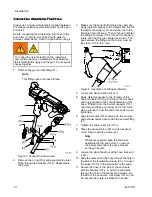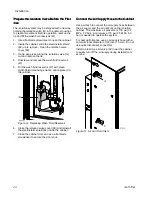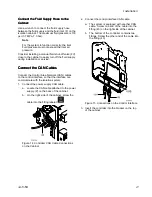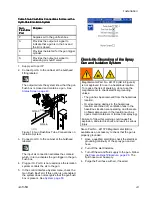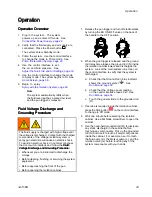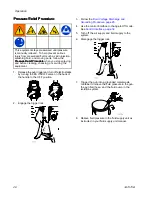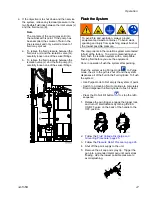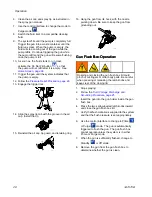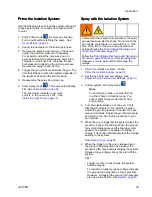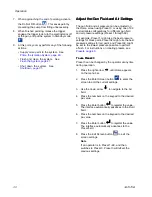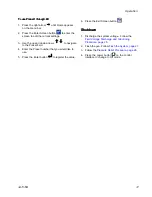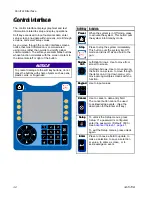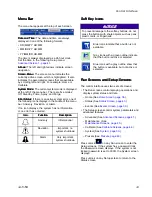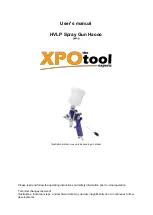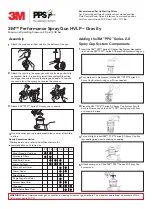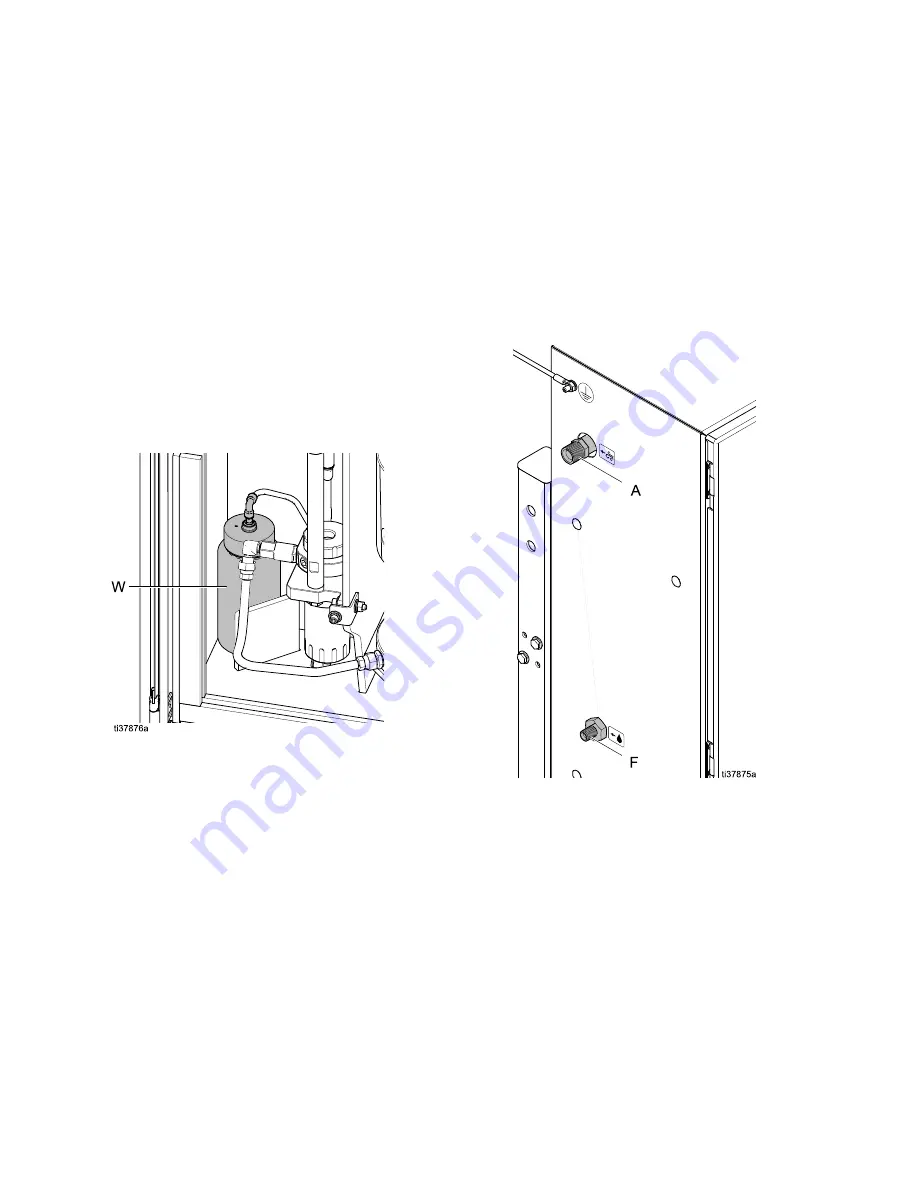
Prepare
Prepare
Prepare the
the
the Isolation
Isolation
Isolation Valve
Valve
Valve Before
Before
Before the
the
the First
First
First
Use
Use
Use
The isolation system may be shipped with a tie wrap
holding the isolation valve (G) in the upmost position
to prevent movement. Before operation, remove the
tie and fill the wash fluid reservoir (W).
1.
Use a flat blade screwdriver to open the cabinet.
2.
Inside the cabinet, slide the electrostatic shield
(82) up to remove. Open the isolation valve
cover (99).
3.
If a tie wrap is securing the isolation valve (G),
cut and remove the tie.
4.
Unscrew and remove the wash fluid reservoir
(W).
5.
Fill the wash fluid reservoir (W) with clean
HydroShield cleansing solution and replace it in
the cabinet.
Figure 12 Replacing Wash Fluid Reservoir
6.
Close the isolation valve cover (99) and reinstall
the electrostatic shield (82) inside the cabinet.
7.
Close the cabinet door and use a flat blade
screwdriver to secure the door shut.
Connect
Connect
Connect the
the
the Air
Air
Air Supply
Supply
Supply Hose
Hose
Hose to
to
to the
the
the Cabinet
Cabinet
Cabinet
Use a wrench to connect the air supply hose between
the air supply and the air inlet (A) on the isolation
cabinet. The maximum air pressure is 100 psi (0.7
MPa, 7.0 bar). A minimum of 70 psi (0.5 MPa, 5.0
bar) is needed to operate the system.
For best performance use an air supply hose with a
minimum inner diameter of 3/8 inch (10 mm). Do not
use quick disconnect connectors.
Install a bleed type air valve (AV) near the cabinet
to easily turn off the air supply during installation or
service.
Figure 13 Air and Fluid Inlets
20
3A7370B

